Description
The class T3 locomotive was one of the family of four similar 4-4-0s introduced by Adams from 1890 onwards. These four classes represented the pinnacle of his career and were at least on par with, and in many cases better than, contemporary locomotives of other lines. Although each of these four classes had outside cylinders, which tended to lead to unsteadiness, these locomotives had long wheelbases and always ran freely as well as being powerful for their day.
The first 20 locomotives were built with 7 ft 1 in driving wheels and were designated class X2, but upon their completion Adams introduced a class of very similar locomotives, the T3 class, with longer smokeboxes, smaller bogies wheels and driving wheels with a reduced diameter of 6ft 7ins. Adams chose the smaller sized wheels as the locomotives were intended for use on the undulating lines west of Salisbury. However, upon completion of the class by 1893, some were sent to major depots on the Bournemouth line, as well as those on the Salisbury-Exeter route.
Drummond gradually replaced the elegant stovepipe chimneys with one of his own design, but as these and other minor modifications took place under Drummond’s care, the T3s were being displaced by more modern designs such as his T9 class. A few T3s were sent west of Exeter where they were particularly successful. During the First World War, these T3s, like all of Adams locomotives, were in much demand and all survived to be taken into Southern Railway stock in 1923.
With the spread of electrification in the 1920s and 1930s, a surplus of light passenger locomotives on the LSWR and SR was building up and withdrawals of the T3s commenced, with all but three going by the end of 1933. One of the remaining three was withdrawn in 1936, but numbers 563 and 571 saw the start of World War II. However, Nº571 was withdrawn in 1942 having amassed more than 1.7 million miles in service. Nº563 continued in service only to be laid aside in 1945 with over 1.5 million miles in service. It joined the ranks of locomotives outside the works at Eastleigh awaiting the torch, but preparations for the centenary of Waterloo station were under way for 1948 and Nº563 was chosen to represent the old London & South Western Railway. It was partially restored and painted in the early Drummond livery of the LSWR
On the closing of the exhibition, Nº563, together with other exhibits, was stored at the back of Farnham electric carriage shed. In 1958 it was transferred to Tweedmouth for storage until the ‘permanent’ home of the BTC Museum at Clapham was established. In due course, this was closed and Nº563 was sent to the new National Railway Museum at York until it was given to the Swange Railway with intentions to return it to steam for the first time in 77 years.

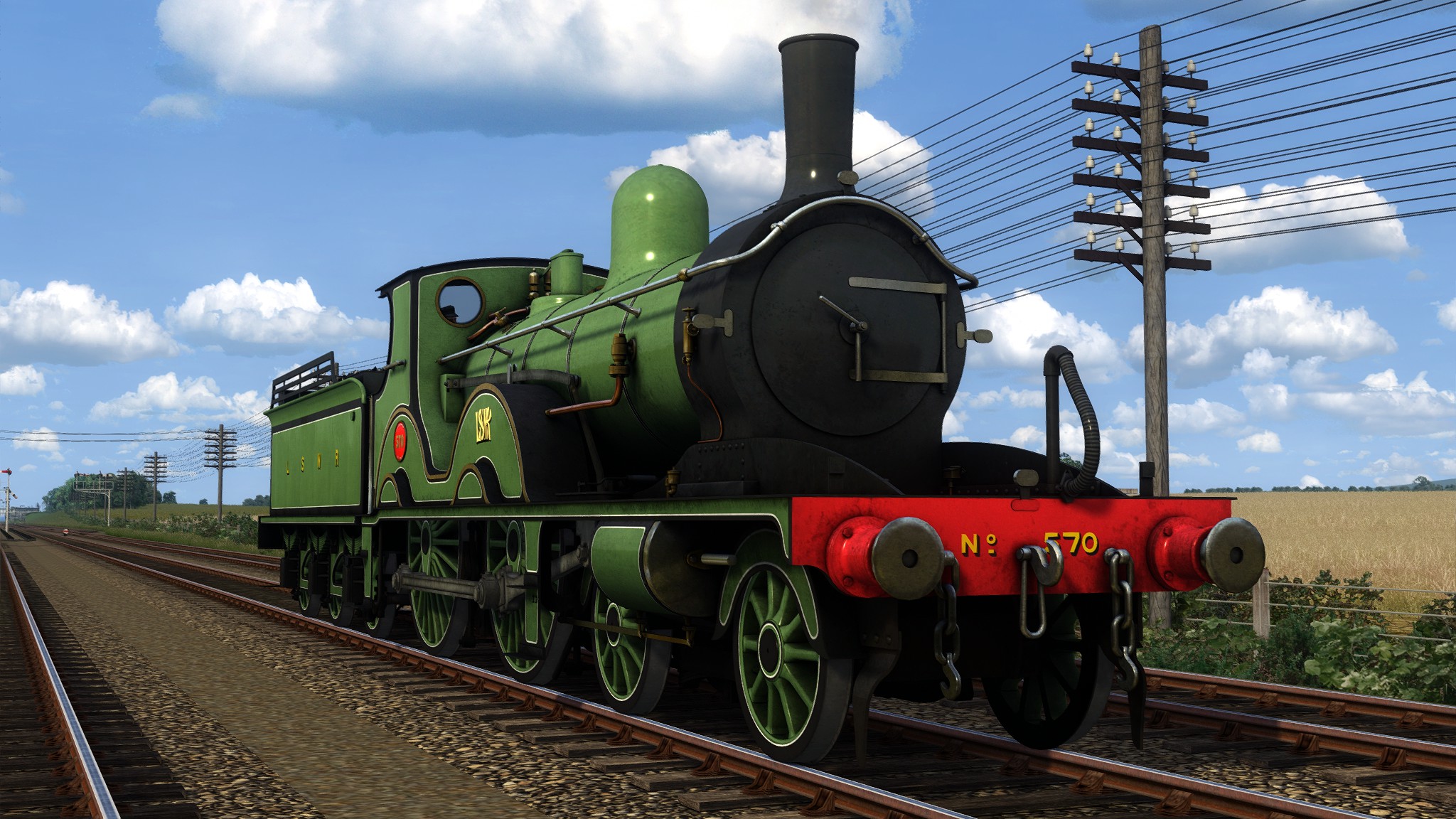
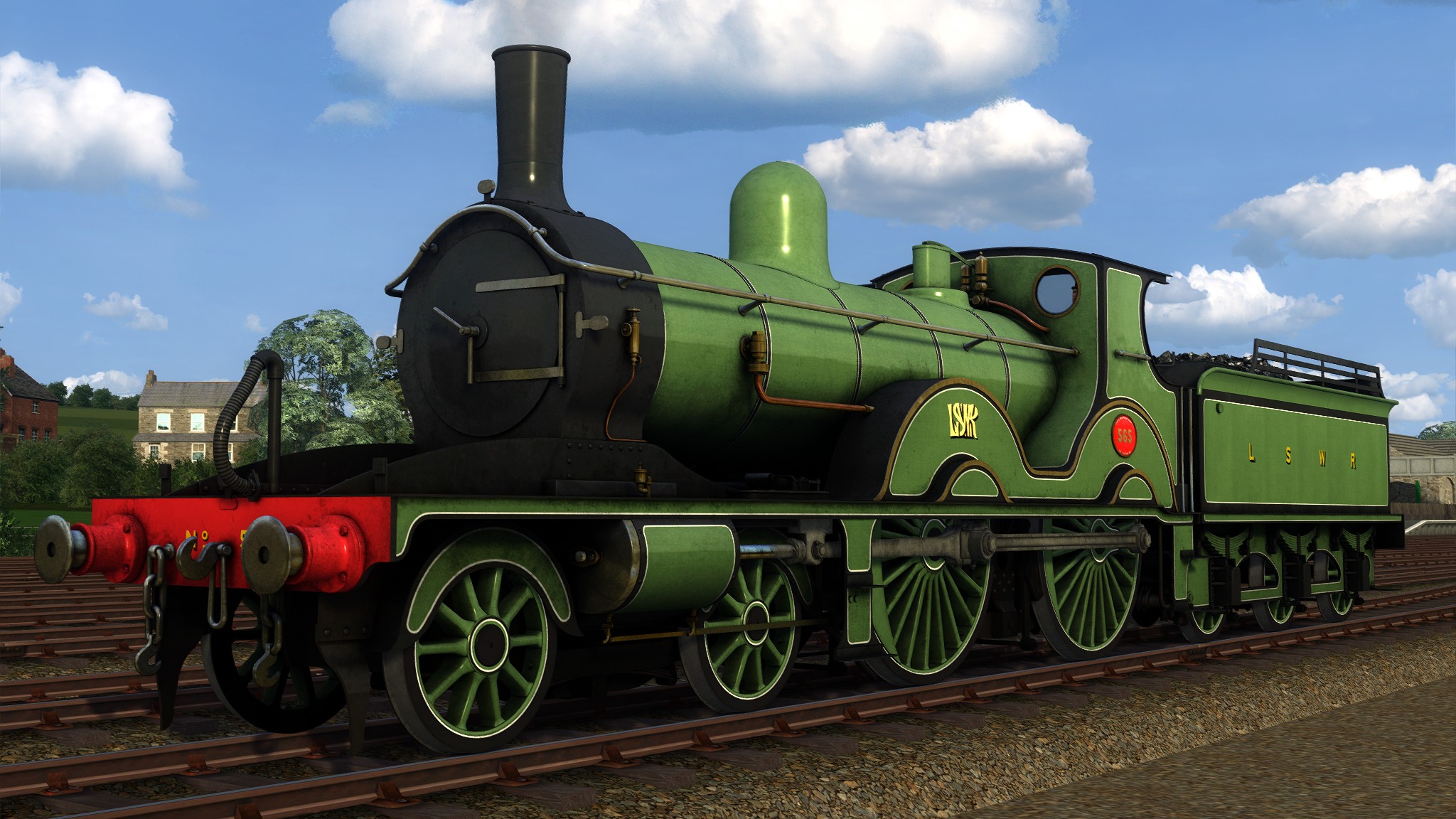
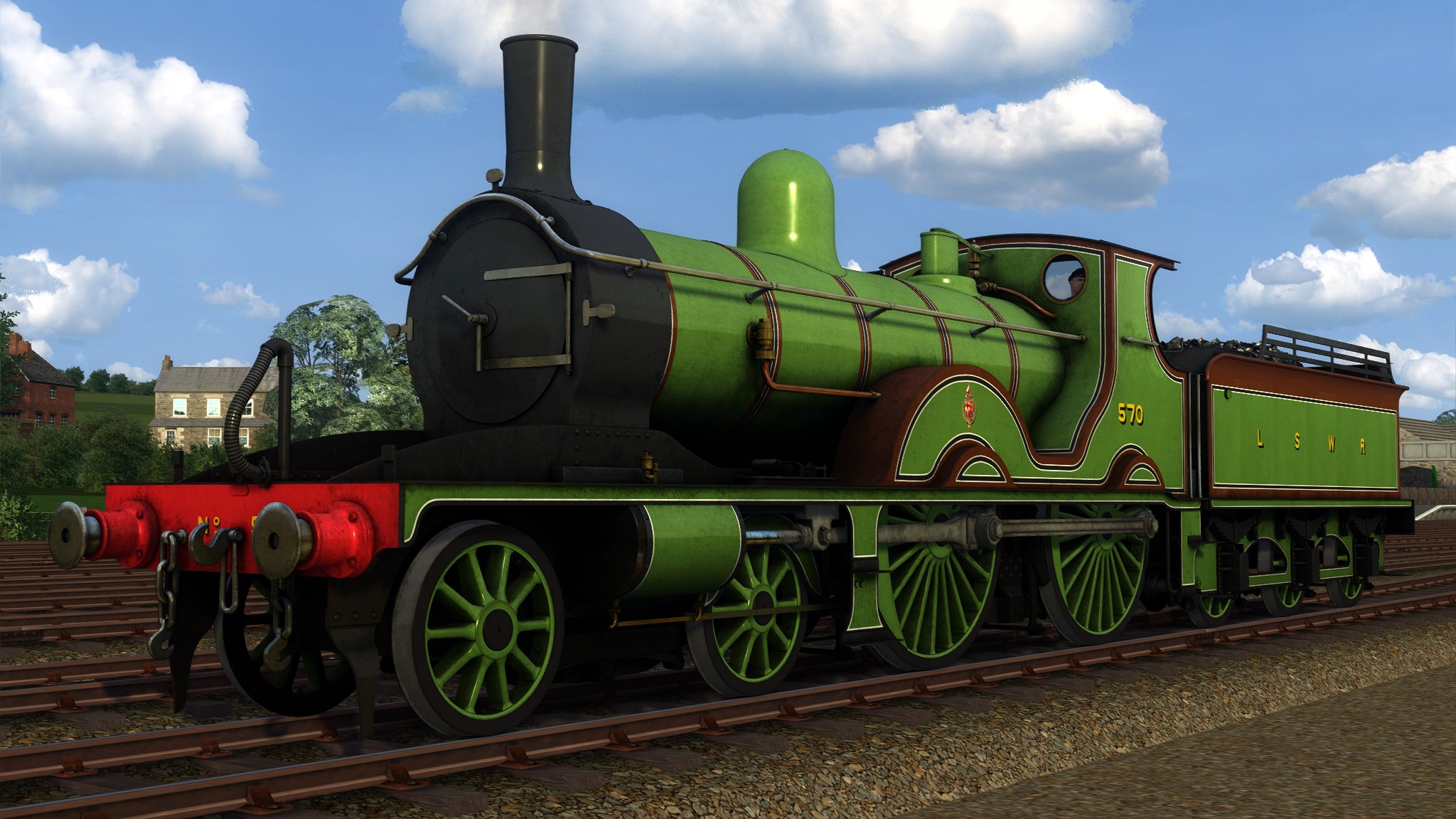
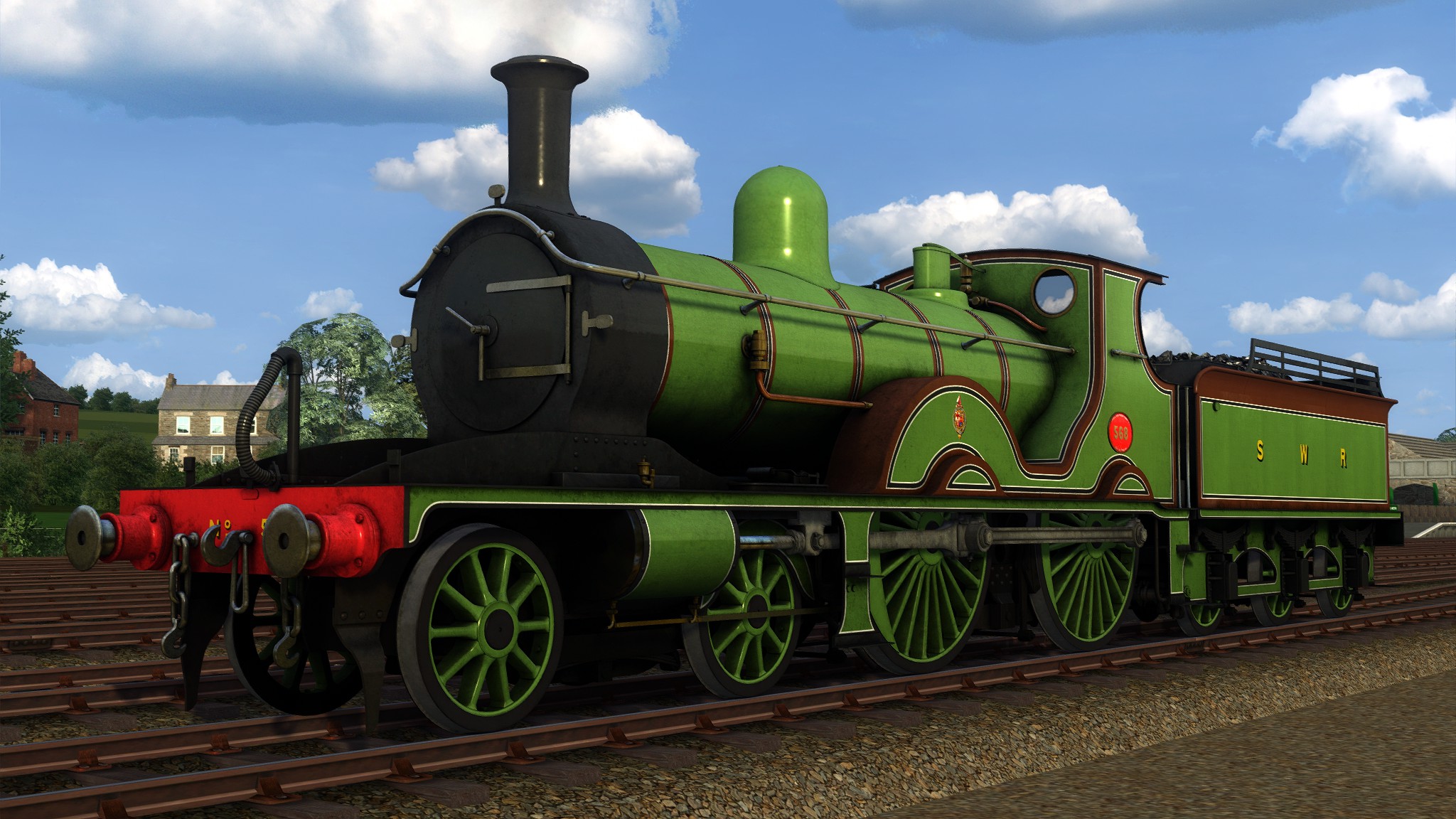
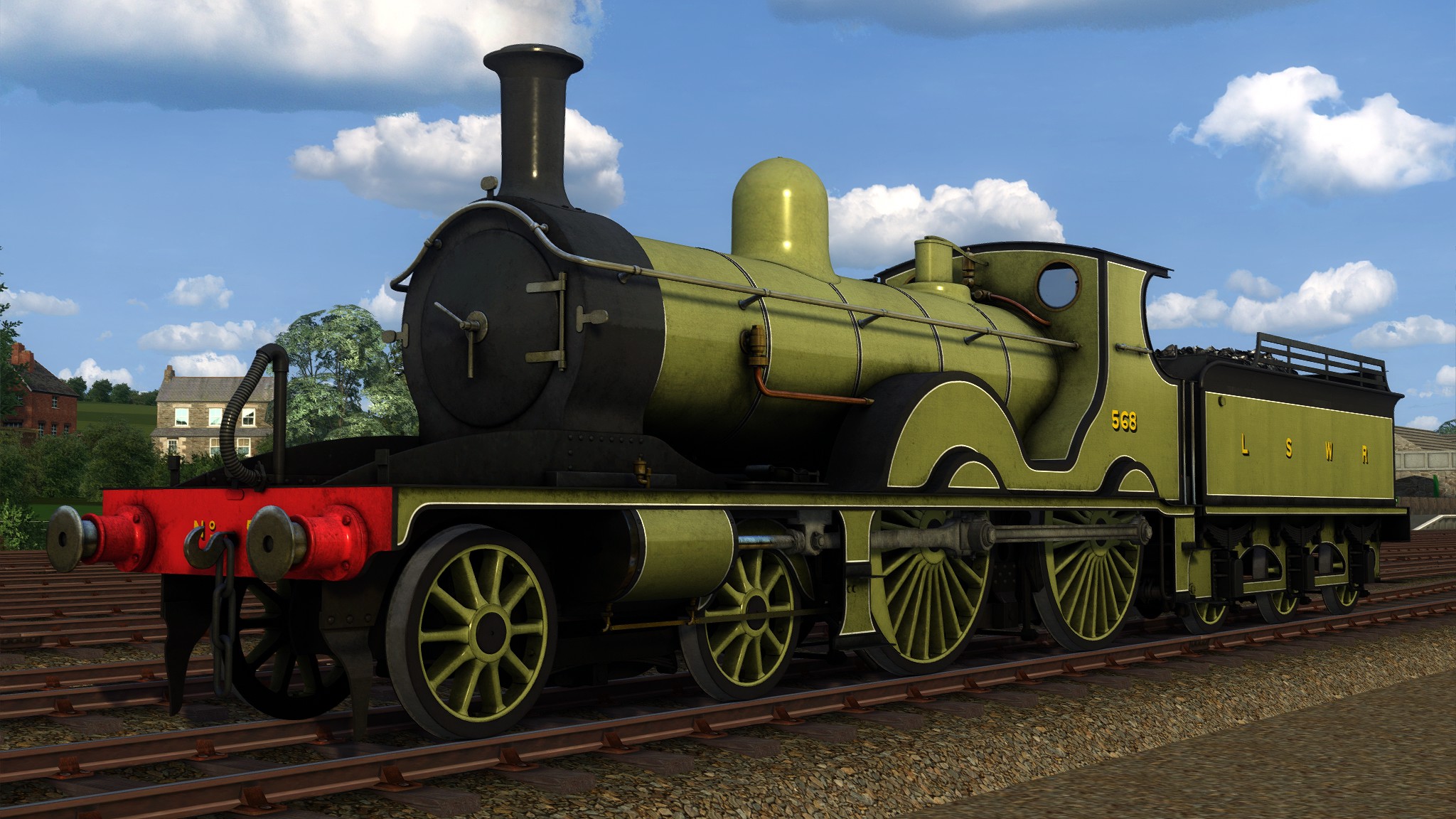
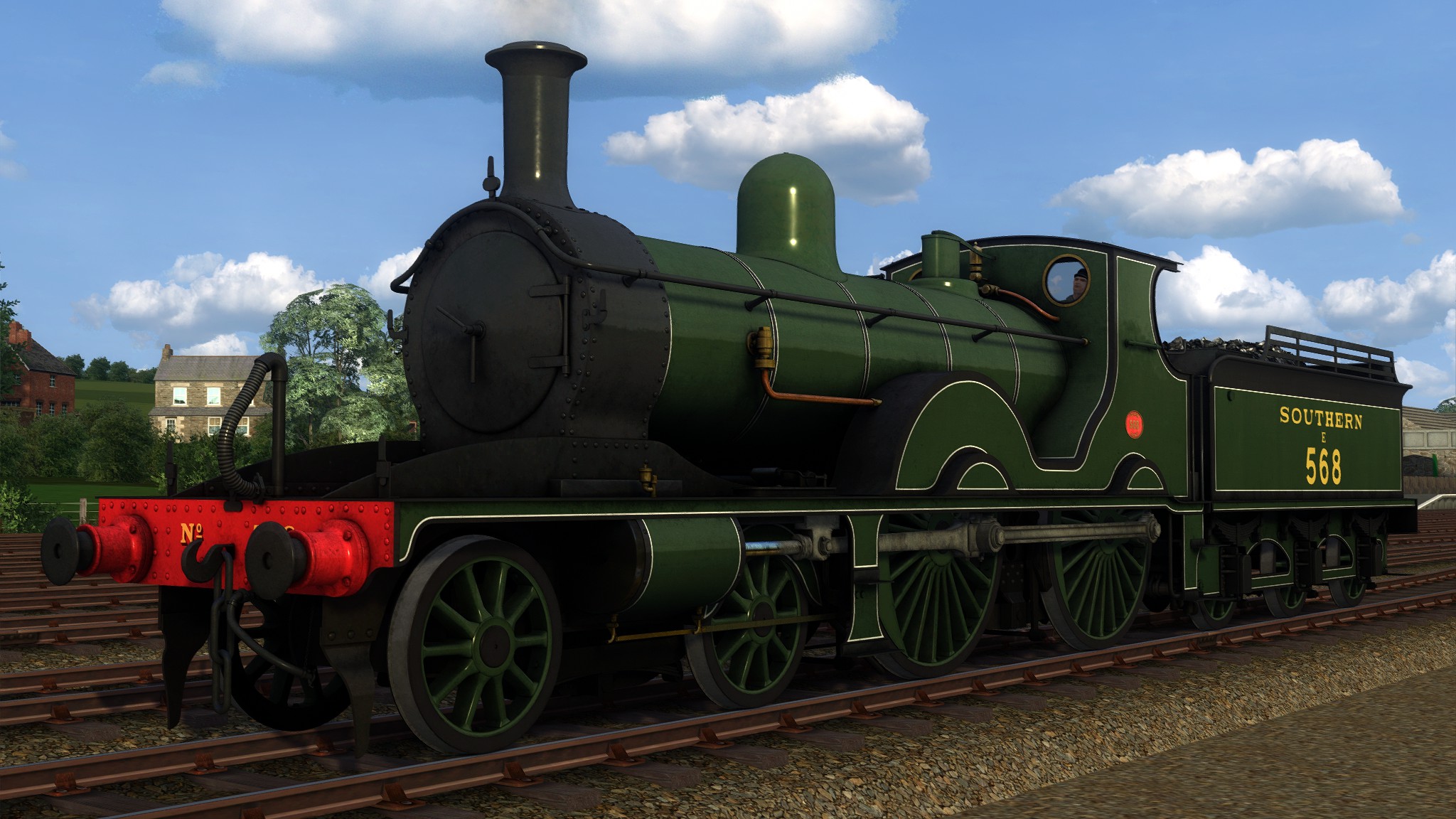
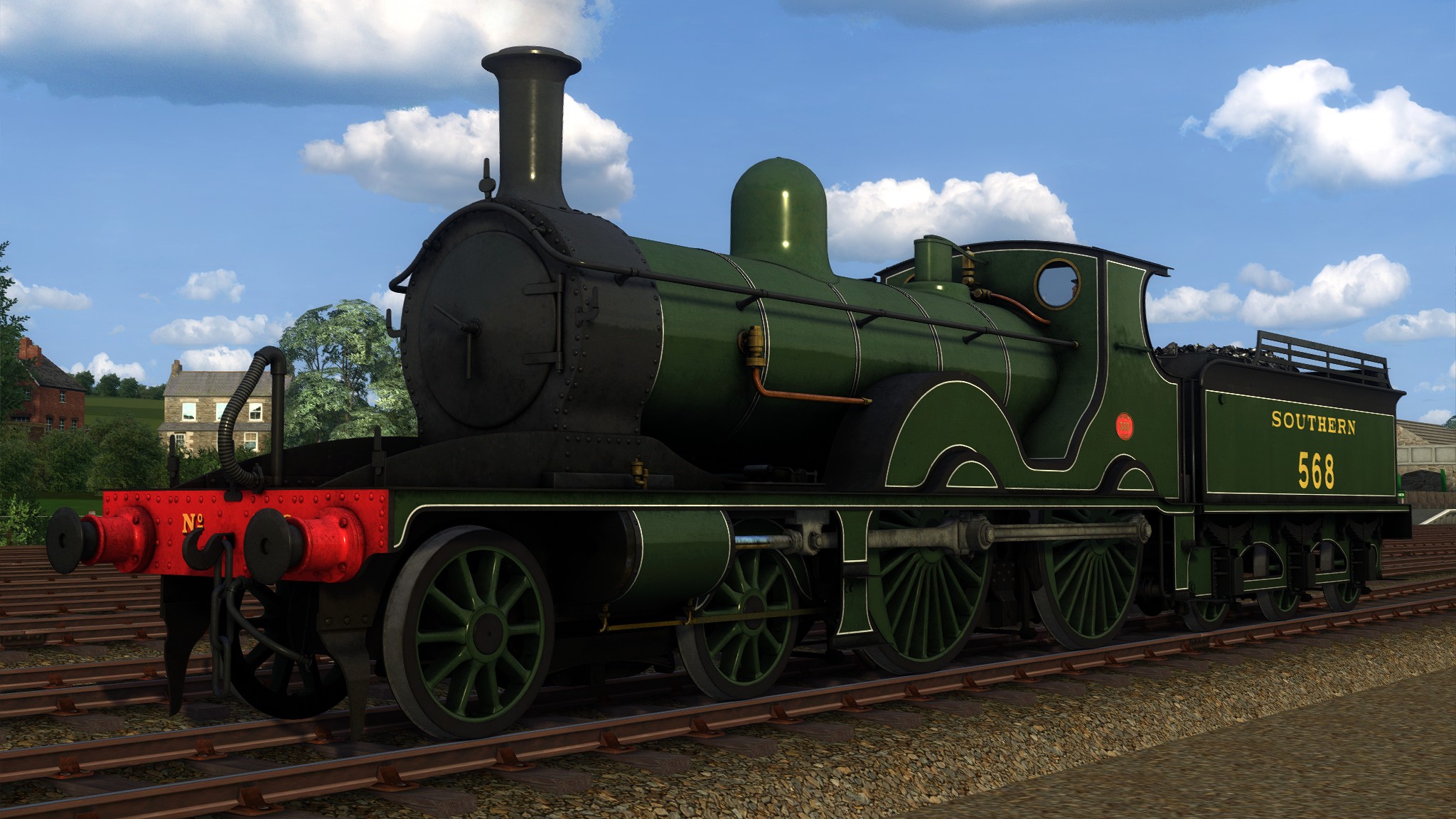
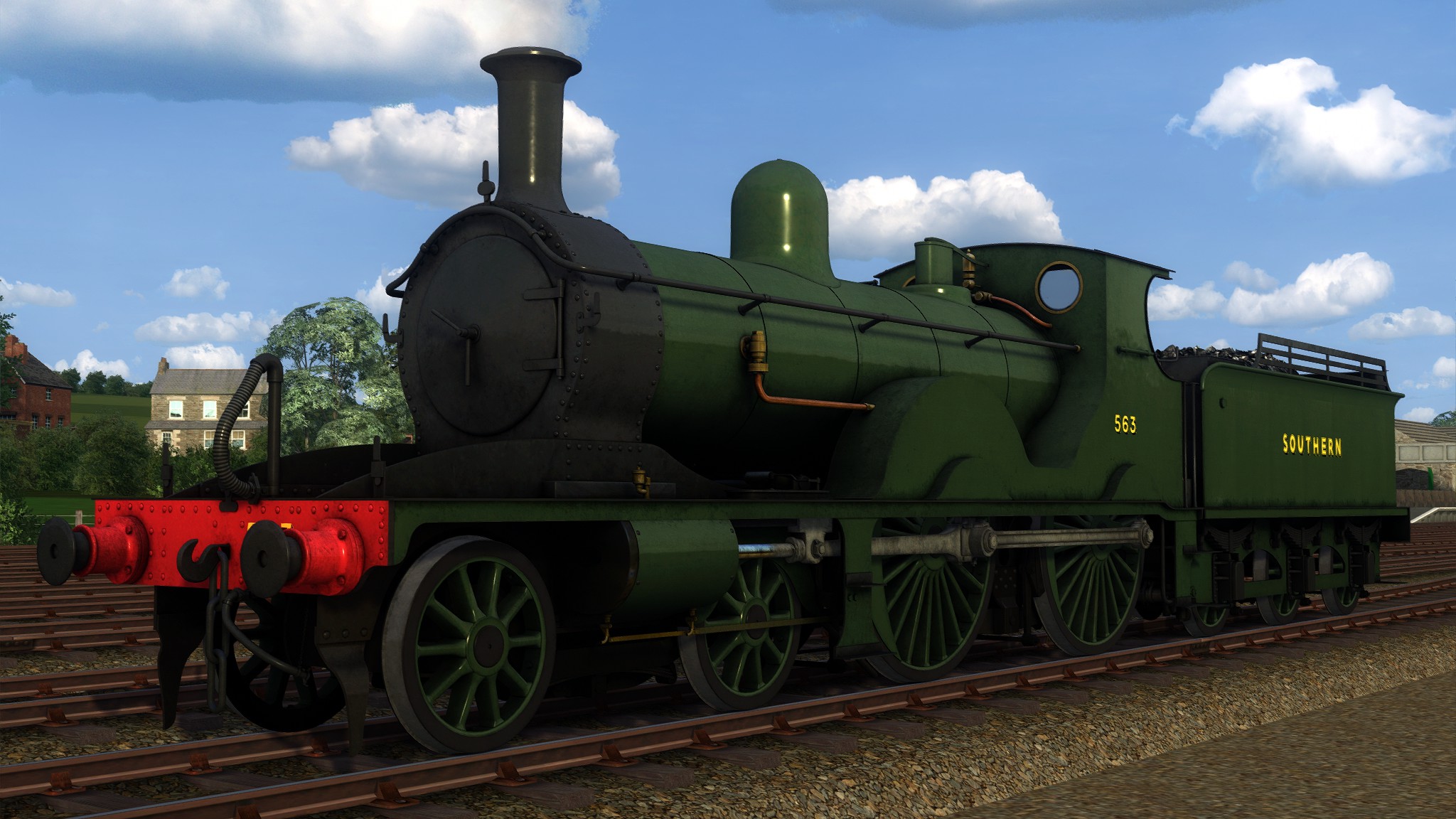
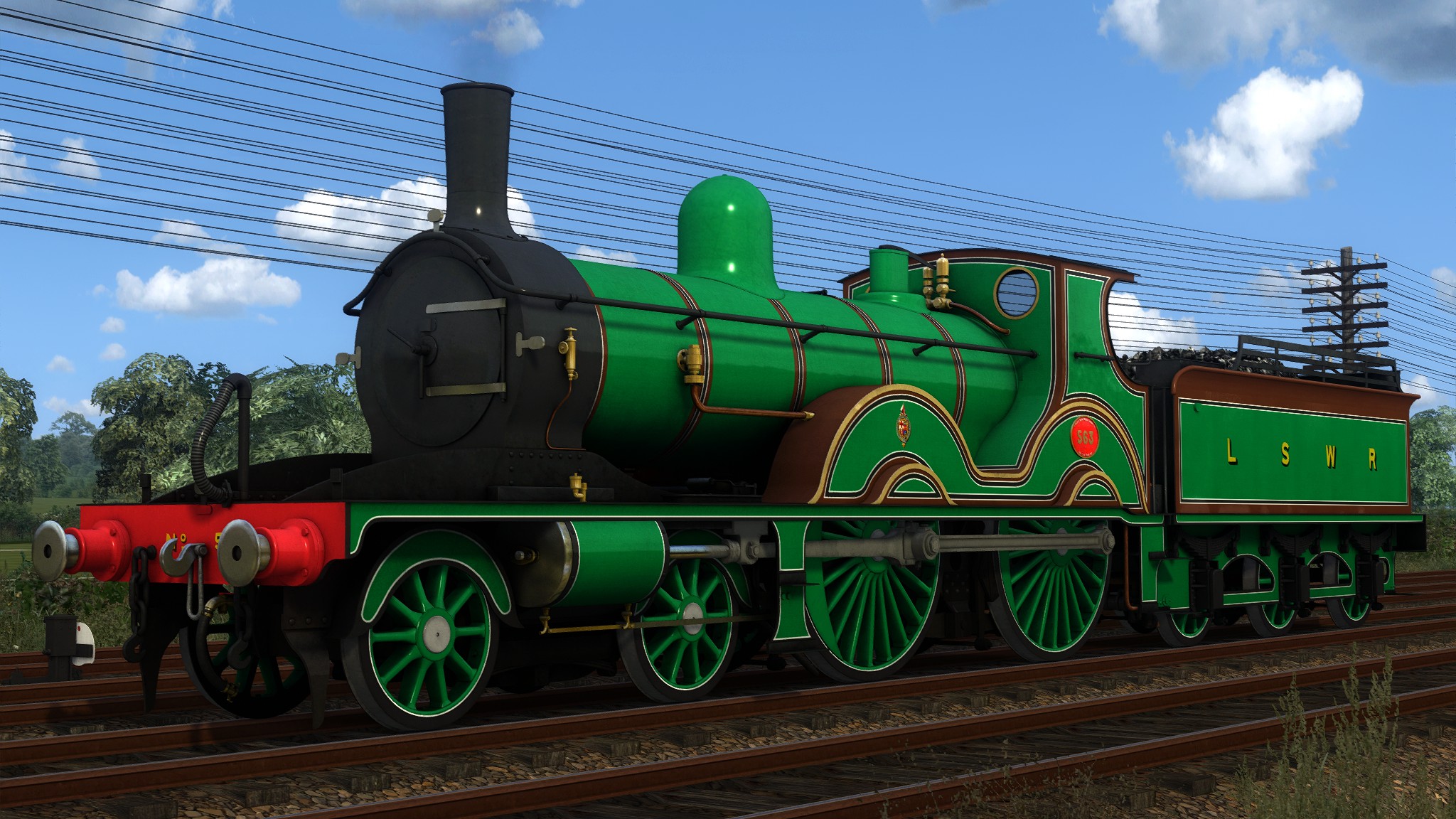
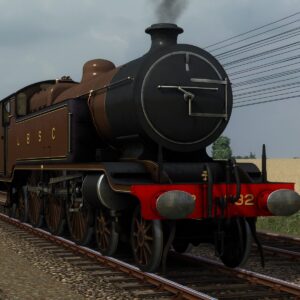
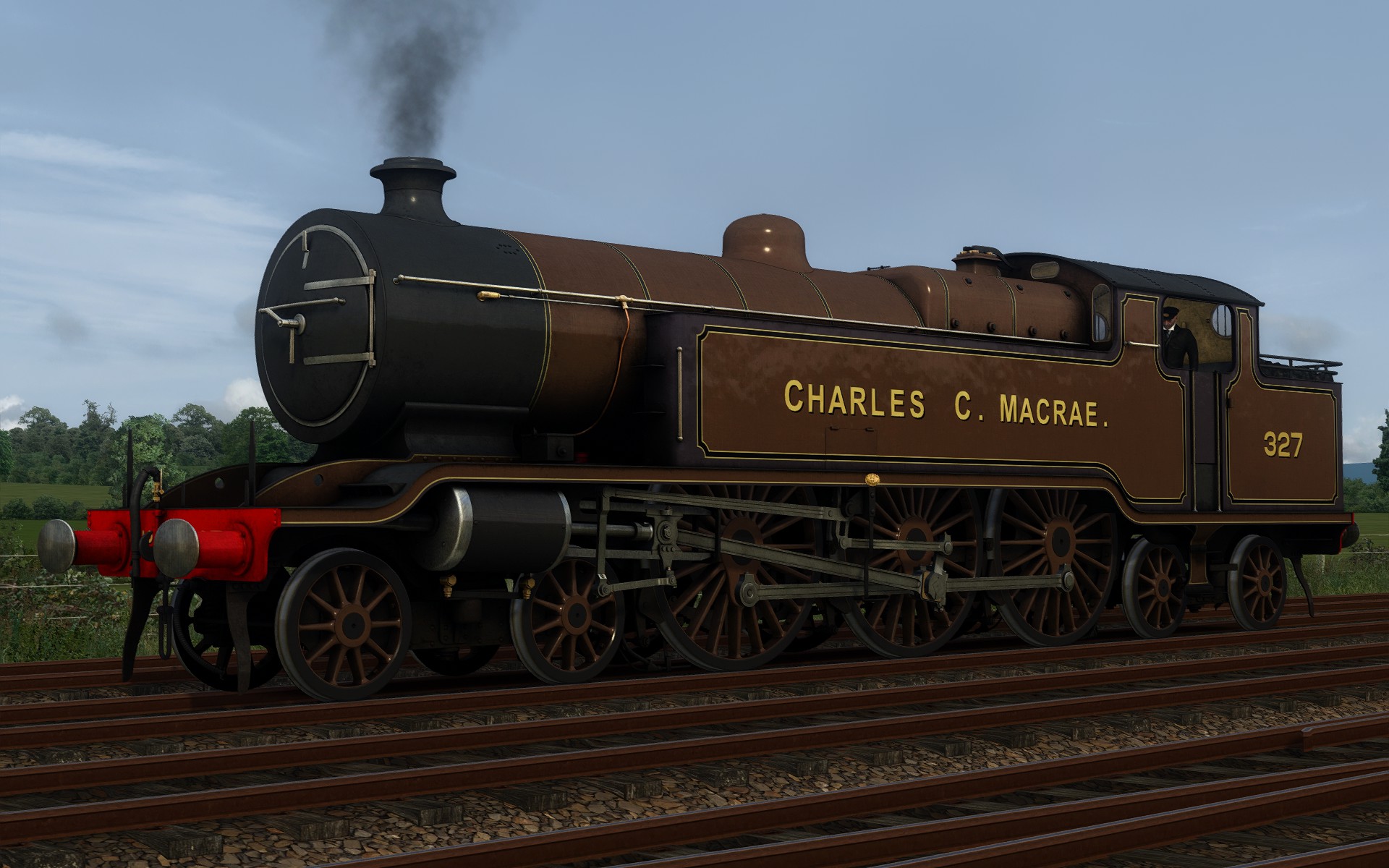
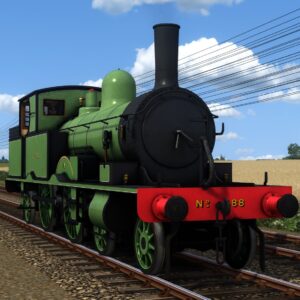
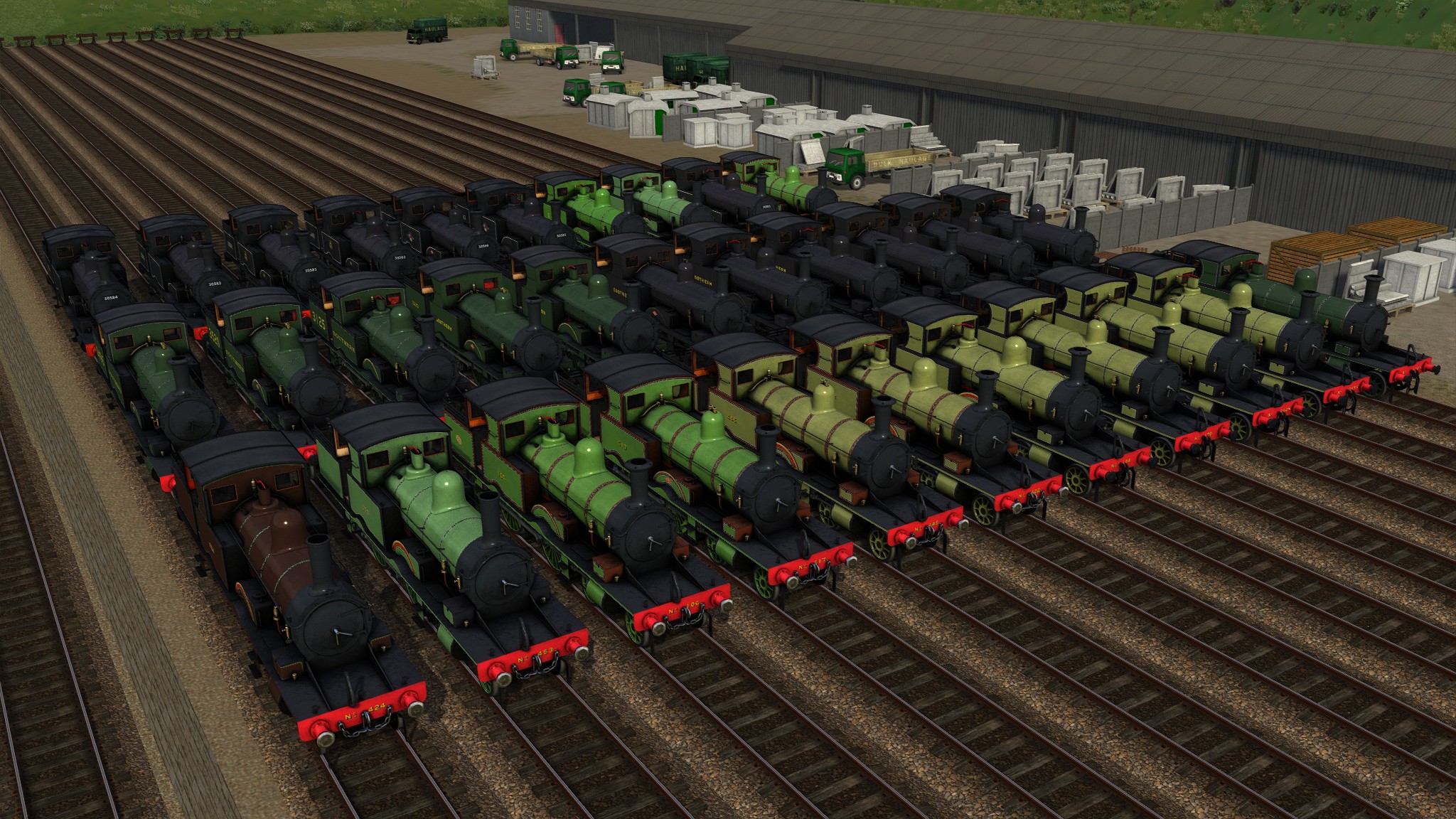
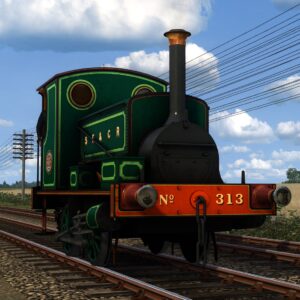
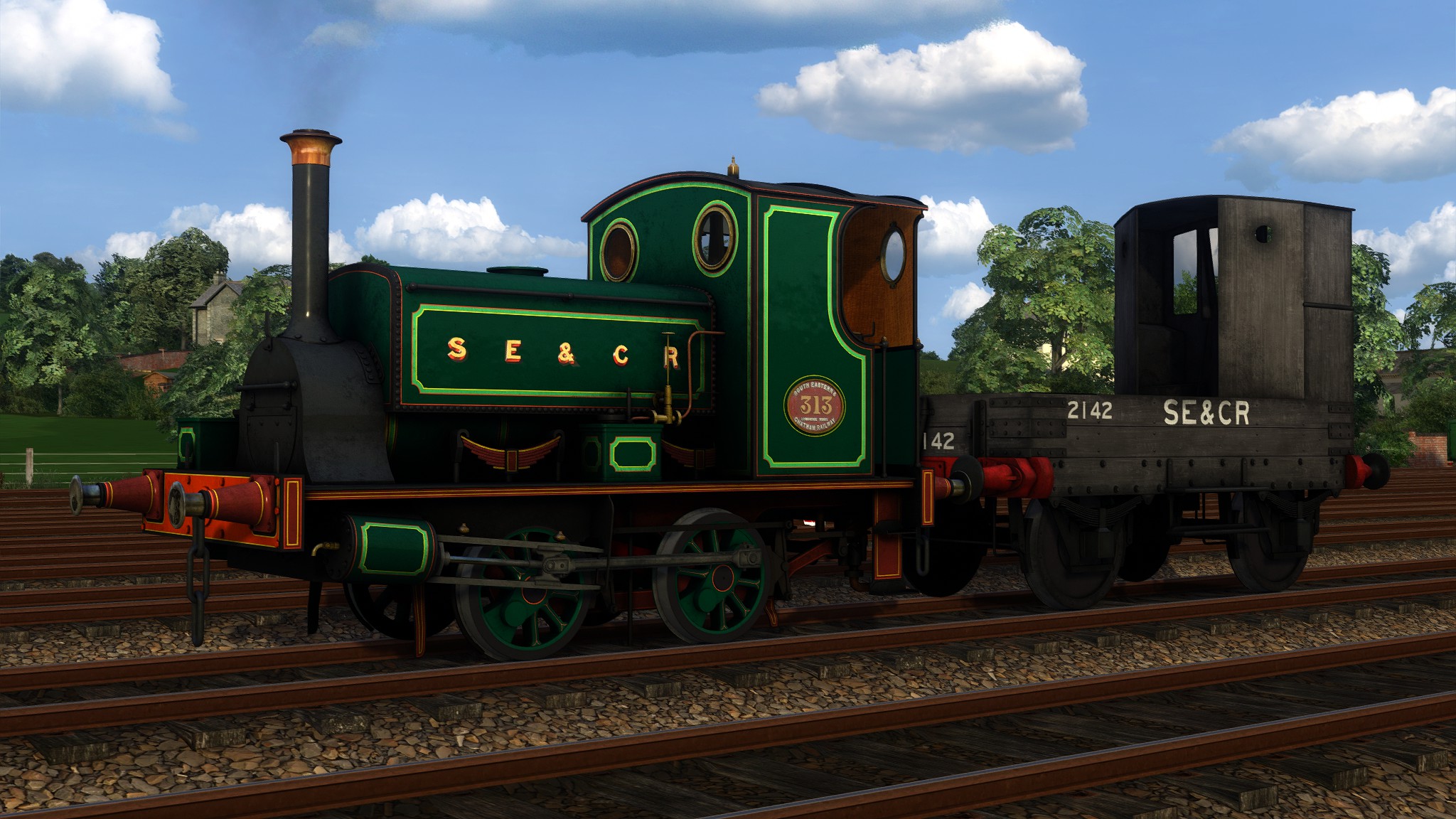
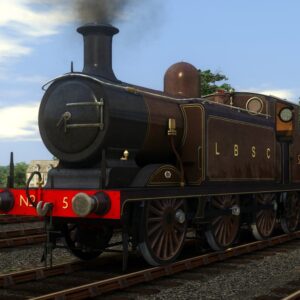
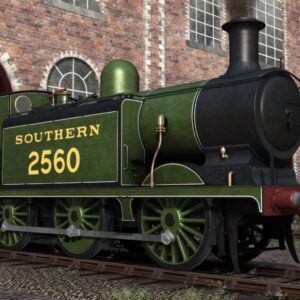
Mats dubois (verified owner) –
One of the best southern locomotives I have bought on train simulator. at least in my point of view. This is a great locomotive and I like all the colours and how they applied. the sounds are amazing you do feel that power behind this locomotive. it’s definitely a must if you’re into vintage southern steam locomotive (well before the sun railway was actually unified). I can say for this locomotive is pretty strong. I ran the full length of the settle to carlisle line Without having to stop because I stalled on the hills. I did stop but that was just for water and I did it with 10 bulleid coaches (The ones you can buy in the game) I had some amazing experiences all night Line this locomotive One of Caledonia works finest.
aksel jakob hamran falkenberg (verified owner) –
i love this lswr loco, it’s so fun to drive aspecially on a route like southhampton to weymouth. i was on the warburgh route and it performed better than i expected, it got to 70mph for about 3 sec. it’s such a good model. cheers kris you made me impressed 😀